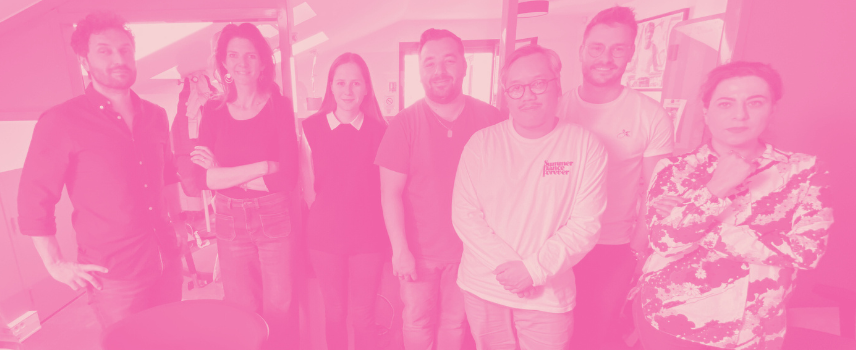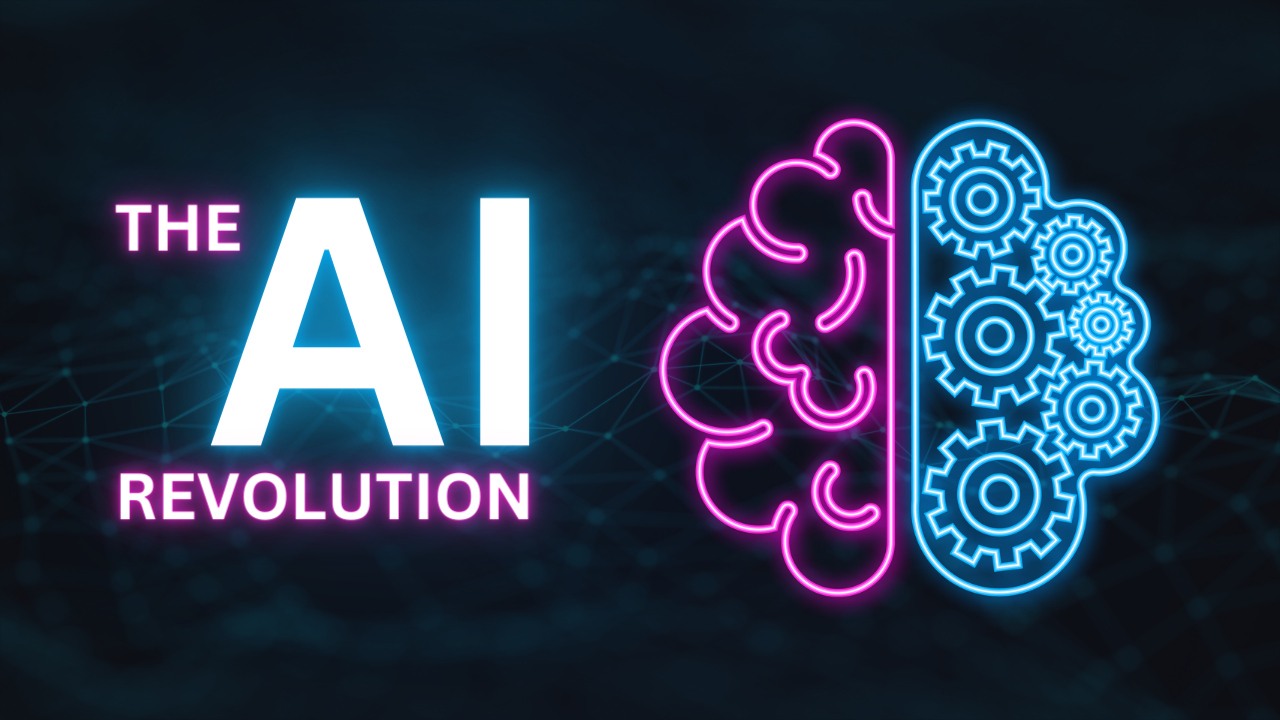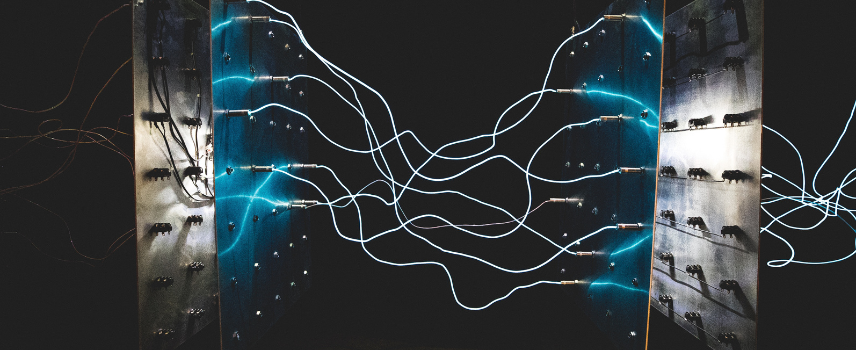An agile day
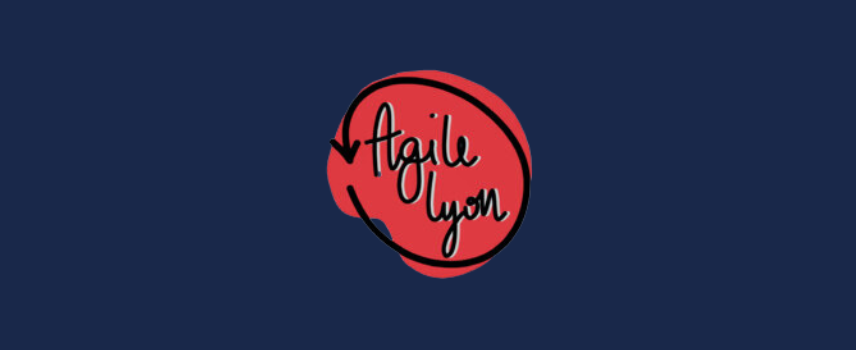
This CR aims to share with you my note-taking during the conferences and workshops that I followed during Agile Lyon 2019. And to offer you avenues for reflection and monitoring. It is enhanced with several links to resources on agility and eco-responsibility in the digital world.
The new balances of permanent transformation
by Laurence Darrieumerlou and Arthur Hawkins
An excerpt from the book: https://e.issuu.com/embed.htmlidentifier=am5kzs1flko6&embedType=script&u=laurence.darrieumerlou&d=extrait_osez_la_transformation_perm&p=1
Laurence and Arthur invite you to embark on an inspiring expedition, to collectively explore the new balances of permanent transformation. Their leitmotif: “The world is not in crisis, it can’t wait to be transformed!” ".
Today there is a glaring gap between the need to reinvent ourselves and the ways of operating inherited from previous centuries. The challenge today is no longer to innovate or be agile (these are ways of doing things) but to put in place the conditions for permanent transformation. How to reinvent yourself while exploiting what already exists? Create sustainable value? How to develop in a complex world without increasing your own complexity? How to evolve in a collective of fulfilled men and women mobilized for the project?
The funeral of Agile methods
by Alexandre Boutin
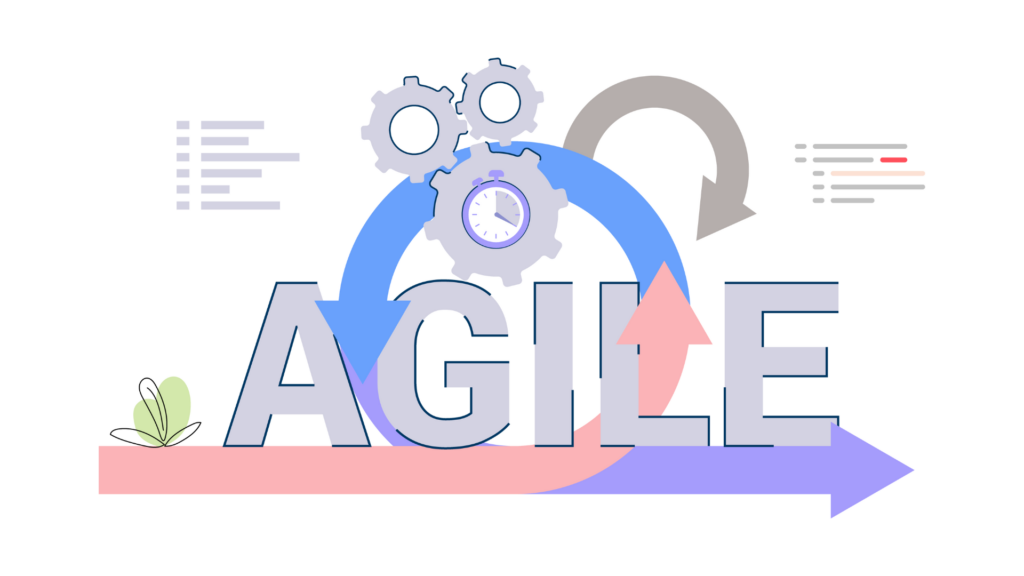
The entire agile family, all their relatives and friends, have the deep sorrow to inform you of the death of Agile Methods, arriving suddenly in the prime of life after more than 10 years at the height of their glory in France. Widely used and often presented as a solution to business problems, it is now time to bury Agile Methods rather than let them mutate once again. And if the “Methods” oriented approach should be banned, what happened and how have we evolved? And what are the new sources of inspiration to get the maximum benefits from agility?
- Do not focus solely on the methodologies (all Agile frameworks combined) but understand the context in which we are and experiment with what works in relation to the team and the objectives that we want to set.
It is necessary :
- Taking time
- Experiment
- Assess
- Let go
- The tools may be different in each team to collaborate, anticipate, manage. However, it is harder for management in terms of reporting, because it is not unified.
Documentary resources:
AgnosticAgile
As experienced agile practitioners and as people responsible for agile change and transformation, we should recognize the importance of being agnostic with agility at any level. This means one size does not fit all, one framework is not the answer, and the ‘what’ and ‘how’ should be suited to customer context and to a wider strategic vision.
Openspace Agility
https://openspaceagility.com/about/
OpenSpace Agility (OSA) is a safe, pragmatic and repeatable technique for getting a rapid and lasting Agile adoption. It works with the framework you are currently using, and OSA can be added at any time. OSA is used to actively engage as many employees as possible in your Agile program.
“Modern Agility”
Talk by Joshua Kerievsky: https://www.youtube.com/watch?v=7ekx3QXnTCA
Agile Fluency
Diana Larsen and James Shore co-founded the Agile Fluency Project with the goal that every team should work at the level of fluency that best fits their business' needs.
Heart of Agile
https://heartofagile.com/commencons/?lang=fr
Whatever your initiative, it means changing the world a little. The world, however, is remarkably resistant to intervention. The best ideas fail due to misunderstandings of how the world will respond or due to errors in execution.
14 secrets to increase your resilience
by Esther Kornexl
Today's world is breaking the rules of physics. Time actually passes faster than in the past... We can therefore easily feel overwhelmed and stressed by factors too numerous to list. When we talk about resilience, stress management, mental strength – what we are really talking about is your ability to emotionally and psychologically manage the situations you experience. The power or strength to cope with circumstances. The courage to get up after being knocked out. As a resilient person, there are two approaches you can take, one proactive and the other reactive. These approaches work very well combined. On the proactive side, it's about being able to organize and manage the stress coming from the increasingly fast-paced world in which we live. On the reactive side, it is the act of adopting a set of behaviors and attitudes that allow you to minimize the effects that certain stressful factors have on you and your teams.
14 secrets - in the form of practical advice – to manage your stress, put away the factors in your environment that can overwhelm you and increase your resilience day after day:
- Know the context of our environment
- Reconciling irreconcilable paradoxes. That is to say, not always having the same points of view as others. But knowing how to accept it leads to resilience.
- Persistence wisely, BUT NOT blindly. Think about the objective and agree to say NO, because it is not the objective set
- Focus on 1 problem at a time. Multitasking causes frustration and is not productive
- Pay attention to the content of your thoughts. Both negative and positive. And understand where our attention is directed.
- Know how to fail and ask for help. Knowing how to ask yourself questions on subjects, on what you DO NOT want first, before what you want. Because this allows you to make hypotheses and eliminate options first.
- Plan, then know how to throw away. Establishing a plan in advance allows you to give yourself a feeling of control, to feel ready, BUT you have to know how to adapt to what happens, if the initial plan is not achievable.
- There is often competition between people, but we can succeed TOGETHER. We can help each other achieve our respective goals.
- Connect with others.
- Maintain a learning mindset. Accept moments of discomfort, go and learn and relearn.
- Pay attention, because history repeats itself. We must learn from mistakes.
- The light is always at the end of the tunnel
- What can I do… or not! Knowing how to let go.
- Don’t try to be resilient at all costs. Accept where we are and how we are.
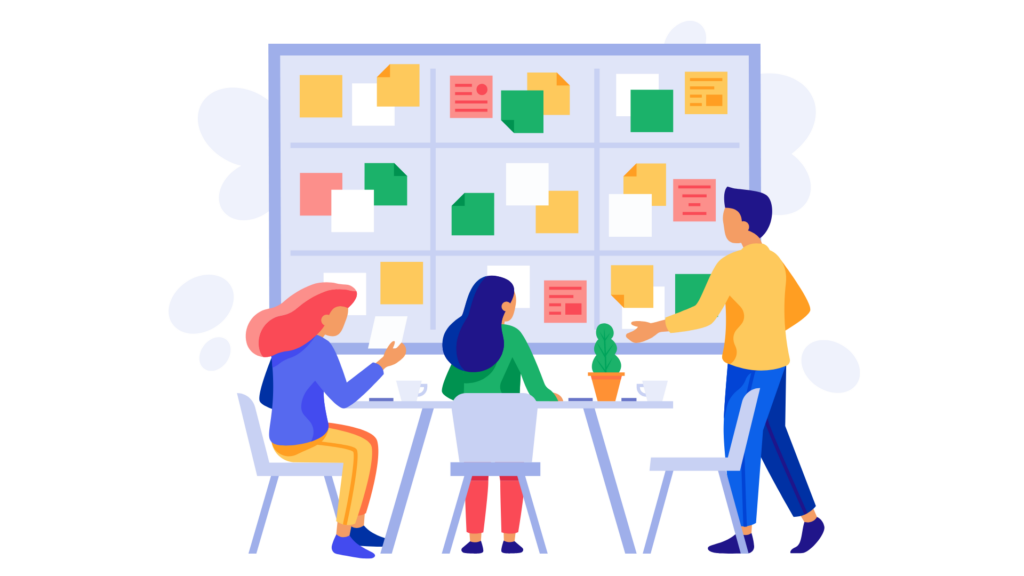
Agile company, sustainable company?
by Damien Thouvenin
How to develop a business sustainably? Can we be both profitable (otherwise we will not last) and responsible (otherwise our ecosystem is not sustainable)? This is the question that has driven us at Goood for 15 years and that we explore with the keys to agility.
The Agile click:
- Accept uncertainty:
- Control zone: where I can act,
- Zone of influence: what we can do to modify a state,
- Area of concern: what we cannot control.
- Reverse the constraint:
- Start from what we have to do what we need to do. To make sure you do something.
- Choose your favorite
- Say what you don't want,
- And keep what we want, what is essential, that is to say what creates value = the role of the Product Owner. Knowing how to say no, to maintain the objective and the essence.
To conclude:
- Do to learn and understand,
- Do with the other,
- Do a little, just what is necessary and what is enough.
The eco-responsibility of digital services:
Resources: Goodwill management, by Alan Fustec
http://goodwill-management.com/fr/a-propos
Greenspector: tool allowing you to see the energy performance of the code of an APP, a site, etc.
By improving the energy quality of the code, we increase its performance and its cost as well.
There are therefore benefits for users, but also economic advantages.
So the person in charge may be profitable!
A sustainable business must focus on the development of intangible capital:
- The know-how,
- The teams,
- The customer relationship,
- ...
It is by banking on this intangible capital that we build tomorrow’s profit.
The objective is not to try to build a strong castle, which takes a lot of time, but to know how to build new products in an unstable environment. Create new products and be able to reinvent yourself and not try to be like or catch up with others in the race for the stronghold.
Other resources:
- Reinventing Organizations: https://www.reinventingorganizations.com/
- A revealing look at how negative biases against women of color are embedded in search engine results and algorithms http://algorithmsofoppression.com/
– Sexist Apps, Biased Algorithms, and Other Threats of Toxic Tech: http://www.sarawb.com/technically-wrong/
- Example of a website that aims to reduce its contribution to the environmental footprint of the digital industry. Consequently, the entire site and server solution has been redesigned and the average page size has been reduced to 450,56kb (Low tech, High futures)
http://gauthierroussilhe.com/fr
Resources on eco-responsibility in digital : Source of Romuald 🙂 (thank you!!!)
https://www.linkedin.com/pulse/la-performance-nest-pas-green-romuald-priol/
Podcast: The podcast that tries to link tech and ecology when everything opposes them.https://w.soundcloud.com/player/?visual=true&url=https%3A%2F%2Fapi.soundcloud.com%2Fusers%2F555069720&show_artwork=true&maxwidth= 500&maxheight=750&dnt=1
